We introduced our new state-of-the-art industrial 3D printer, the Prusa Pro HT90, at FormNext 2023 where it generated quite a buzz thanks to its support for high-end materials and various innovations to improve print quality. Today, I’m happy to announce that the HT90 is fully available and it’s already on its way to the first customers. And I can finally introduce it in greater detail.
In short: The HT90 is our new high-speed, extremely versatile industrial 3D printer with a cylindrical print area with a diameter of 300 mm and a 400mm Z-height. It features an actively heated chamber (up to 90 °C), Input Shaper for ultra-fast printing, and swappable print heads (up to 500 °C). And, above all, the HT90 supports a wide range of materials, from PLA to PEI (Ultem), one of the most demanding, aerospace-certified, filaments. All of this is also possible thanks to the unique cooling solution we developed in-house.
Let me give you a full rundown and explain why I’m confident that the HT90 is the only 3D printer an engineer needs.
All-Around Performance
Let me start a bit broadly. It’s very difficult to develop a 3D printer that “does everything” and does it all really well at the same time.
An actively heated chamber is important for advanced filaments, however, materials such as PLA perform very poorly when printed at increased temperatures. Traditional enclosed printers often compromise on material performance. Materials like PLA do not perform well even inside passively heated enclosures, often requiring the front door to be open for optimal print quality.
This is not the case with the HT90. Its custom cooling loop optimizes the temperature of the closed chamber based on the material used. The air is constantly pushed through a HEPA filter so you can place the printer on your desk and all ultra-fine particles will be caught by the filtration system.
However, that’s not all. There’s also another cooling system specially designed for the high-flow print head. I’ll get to it in a second.
So you have this comprehensive all-in-one package that has all the options to follow the usual development process: start with a fast PLA prototype and proceed all the way to the final product from a high-end polymer with no need to switch to a different printer or wait for a supplier to ship the finished product.
Because the printer uses delta kinematics, we could put all critical components, like the 48V motors, outside the heated chamber into a cooler area to extend their lifespan significantly, something that’s not easily possible on different printer builds. Another benefit of the delta design is that we can use lightweight aluminum print heads which enable faster printing speeds and also help to eliminate print artifacts that are common on cartesian and CoreXY 3D printers.
From Aerospace to Medical
The advanced cooling system enables the HT90 to excel in materials such as ASA, ABS, and PC. Its heated chamber and a 300 °C High-Flow print head provide incredible performance. The chamber heats up to 90 °C and creates perfect conditions for materials otherwise prone to warping or delamination, offering incomparably better performance than passively heated enclosures. This enables you to print massive objects from ASA and ABS fast, with perfect overhangs, high speed and top print quality across the entire print area.
Large ASA 3D print
However, what makes the HT90 truly special is its ability to tackle the most demanding filaments on the market with its 500°C High-Temp print head. PPS, PPSU, PES, PEKK, PEEK and, of course, PEI (Ultem) can be used for small-to-medium-sized objects. The HT90 is the most affordable and cost-effective solution for printing these materials. This is possible thanks to the advanced heater inside the chamber. Instead of using a solitary heating element with a fan, the entire two rear panels of the HT90 provide heat, and pump it into the chamber, achieving a quick and even distribution. This is especially useful for tall objects that could otherwise end up in two areas with different temperatures.
With the HT90, you get a truly universal solution that can easily produce ultra-fast PLA prototypes, flexible TPU objects, and large ASA/ABS prints with perfect layer adhesion. It handles even the most demanding, high-end industrial filaments.
ABS and ASA 3D prints
Its compact footprint makes it an ideal choice for all workspaces, from typical work desks to specialized workshops, manufacturing facilities, and print farms. Also, the front door panel slides upwards, saving more desk space. Aerospace, automotive, and medical are just some of the industries that can benefit from the rich material support.
Two Specialized Print Heads
The HT90 comes with two specialized direct-drive print heads. They are easy and quick to exchange as they are held in place with magnets. Simply detach the arms and disconnect the cable from the top of the printer and you can start printing with a different extruder in just a few minutes. Both are equipped with quick-swap REVO nozzles, so you can always find the best combination for your project.
The High-Flow print head reaches up to 300 °C and it is the best choice for materials from PLA to PETG to PC. It contains a special cooling system with an ultra-fast flap – the air is drawn from the chamber with a high-pressure turbine and is forced to the fanless print head through a dedicated tube for even more weight savings. Then the flap can change the airflow within mere milliseconds. This is incredibly important. No matter how good of a fan you have, it can never switch on and off this fast, and it will have a hard time coping with the harsh temperatures in the chamber.
PCBlend (left) and ASA (right)
Our solution enables instant changes in print cooling, so, e.g. when the printer gets to a steep overhang, it can direct cooling air with incredible precision, creating almost gravity-defying overhangs without supports. Once the print head moves away from the critical area, the system adjusts the cooling accordingly for even better inter-layer adhesion. This print head comes standard with a high-flow REVO nozzle.
The High-Temp print head reaches up to 500 °C and is equipped with an abrasion-resistant nozzle. It’s designed for high-end materials, such as PEEK, PEKK, PEI, and more.
PEI (Ultem) 3D prints
What is Prusa Pro?
Prusa Pro is our dedicated industrial product line developed and manufactured under a separate brand next to our Original Prusa printers. The industrial machines under the Prusa Pro brand showcase our latest technologies: heated chamber, automated print collection, image recognition, high-pressure turbine cooling, 48V motors… the Prusa Pro is where we can implement it all. The advancements we make here shape the technology in our other products.
But the influence goes both ways. Our industrial machines benefit from the hundreds of thousands of Original Prusa 3D printers around the world and the feedback from users. Our colleagues working on the Prusa Pro product line form a completely separate, independent team consisting of new specialists hired for this new branch, and also experienced developers who joined us when we acquired FUTUR3D and TRILAB companies. Prusa Pro has its own dedicated development and manufacturing. We have no plans to change our direction with the Original Prusa printers or to make a sharp turn towards an industrial-only company. However, expanding to industrial segments makes a lot of sense.
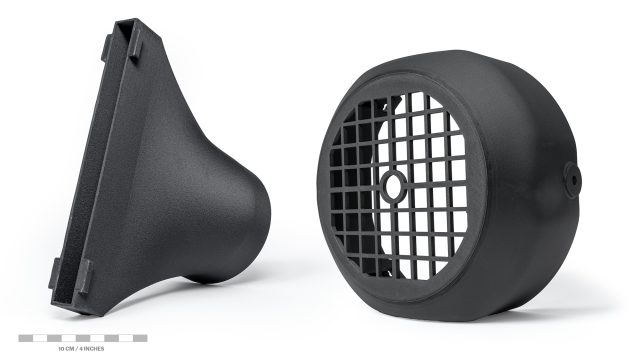 PCCF (left) and PA11 Carbon Fiber (right)
PCCF (left) and PA11 Carbon Fiber (right)
For Maximum Security
We fully understand industrial requirements for safety – a printer with a proper offline mode is usually more valued than an always-online device with a fancy mobile app. The HT90 can operate in three modes: a fully-featured offline mode with no drawbacks or compromises. Slice an object, place it on a USB drive, put it in the HT90, and start printing. No logins, no registrations, no apps. You can even update the firmware in offline mode with a file on a USB drive.
For increased convenience, you can add your printer to your network and use the built-in print management software through your web browser. This interface is only accessible through the local network, and it gives you additional options for improved print scheduling, remote management, and surveillance with the built-in webcam. You can even add an additional USB webcam to set up a view from another angle.
Finally, you can enable full online functionality, giving you the option to add the printer into Prusa Connect, our secure remote print management platform with SSL encryption. Prusa Research never collects data without consent – not the print data, not the printer’s surroundings. We believe that no organization should be interested in this information, whether you’re just testing the printer’s capabilities or designing a next-generation space shuttle. You can share log data with our tech support when you choose to.
Easy setup, automatic calibration, no vendor lock
Everything we learned on our Original Prusa printers, we put into the HT90. The calibration is automatic, doesn’t require any special software or tools, and you can start printing in a few minutes after unpacking – everything is controlled via easy-to-navigate menus on a large 7’’ touchscreen (and there is the option to use the more robust network system). This makes onboarding of new operators easy and convenient.
You can also expect the always-perfect first layer thanks to loadcell sensors. However, to save weight, we moved the sensors from the print head into the heated bed. Nevertheless, the results are the same – a pristine first layer no matter what print surface or material you use. We’re offering our proven flexible print sheets for easy print removal (textured PEI and PA versions are available).
Pre-print preparation (slicing) for the HT90 is done like with any of our other printers – in PrusaSlicer, an open-source tool, that we actively develop in-house for years. It contains factory-tested print profiles for dozens of materials and optimized print settings.
Of course, you can use any filament brand you want – there is no vendor lock.
Accessories for High-Performance Materials
Nearly all advanced materials are highly hygroscopic, meaning they rapidly absorb air moisture which degrades their performance or even renders them impossible to print. With this in mind, we’re offering two optional accessories for the HT90.
The first one is an industrial-grade oven manufactured by Memmert. The UF30 filament dryer is the perfect solution for precise filament drying, with temperatures adjustable between +20 and +300 °C.
Once your filaments reach optimal moisture levels, you should place them into the DryBox where they are kept safe and dry during the duration of the print.
Introducing Prusament PEI
The launch of the HT90 is also the ideal opportunity to introduce our new Prusament PEI 1010 (Ultem). It is a high-performance material with outstanding temperature and chemical resistance, offering excellent mechanical strength. This makes it an ideal filament for demanding industries, such as aerospace, automotive and more.
We’re currently wrapping up the final stages of preparations and you can already check out Prusament PEI in our shop. It will become available in the near future and you can set up a watchdog to receive a notification once it is in stock.
The Most Affordable Printer for High-End Filaments
If you are interested in the Prusa Pro HT90, you can visit a dedicated page where you can submit your inquiries and price quote requests. Our team is ready to answer all your questions. We also added the Prusa Pro HT90 product page to our eshop where we can give you a good overview of all its features in one place.
I’m really excited about the HT90 and the innovations we managed to implement. As I already said before, the influence goes both ways, between the Pro and Original Prusa lines, and developing industrial printers allows us to explore new solutions and technologies. And we want to bring the same kind of democratization of 3D printing to industrial areas, just like we did with our desktop printers.








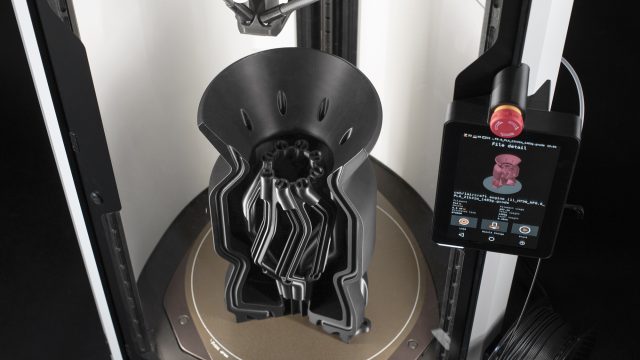
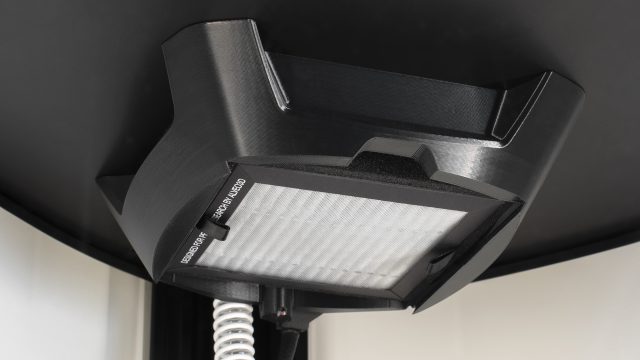
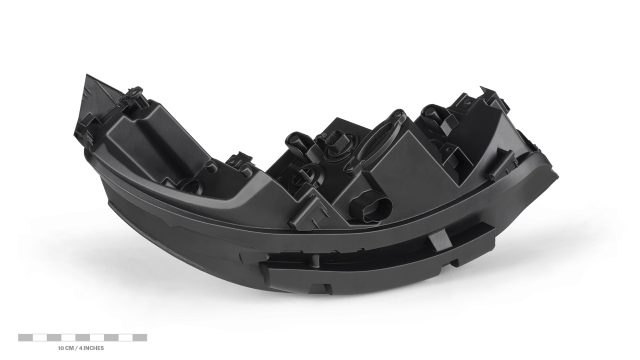
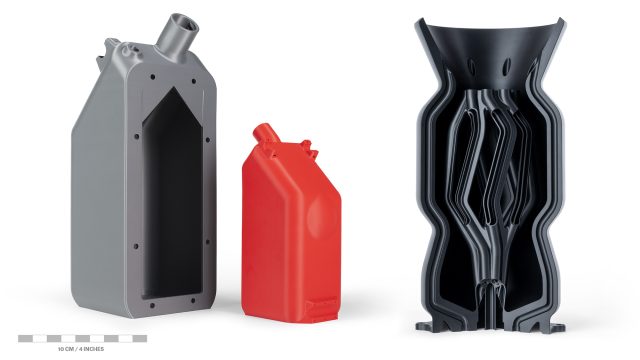

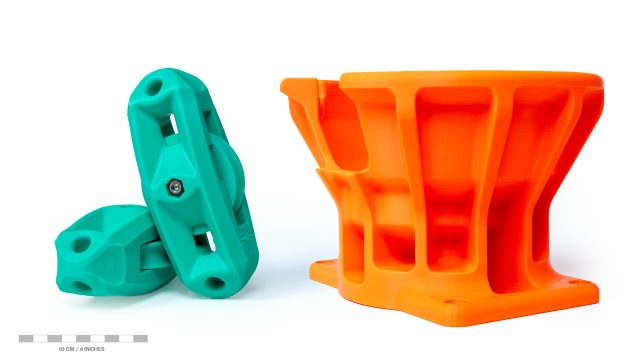
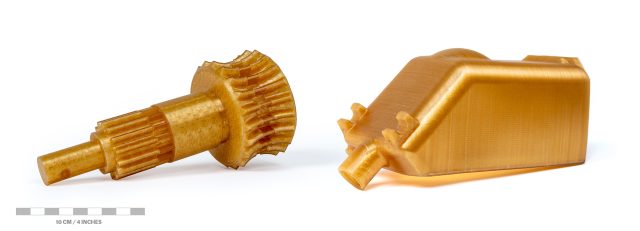
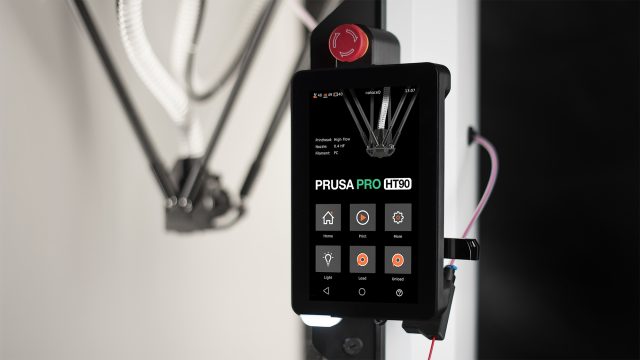



You must be logged in to post a comment.